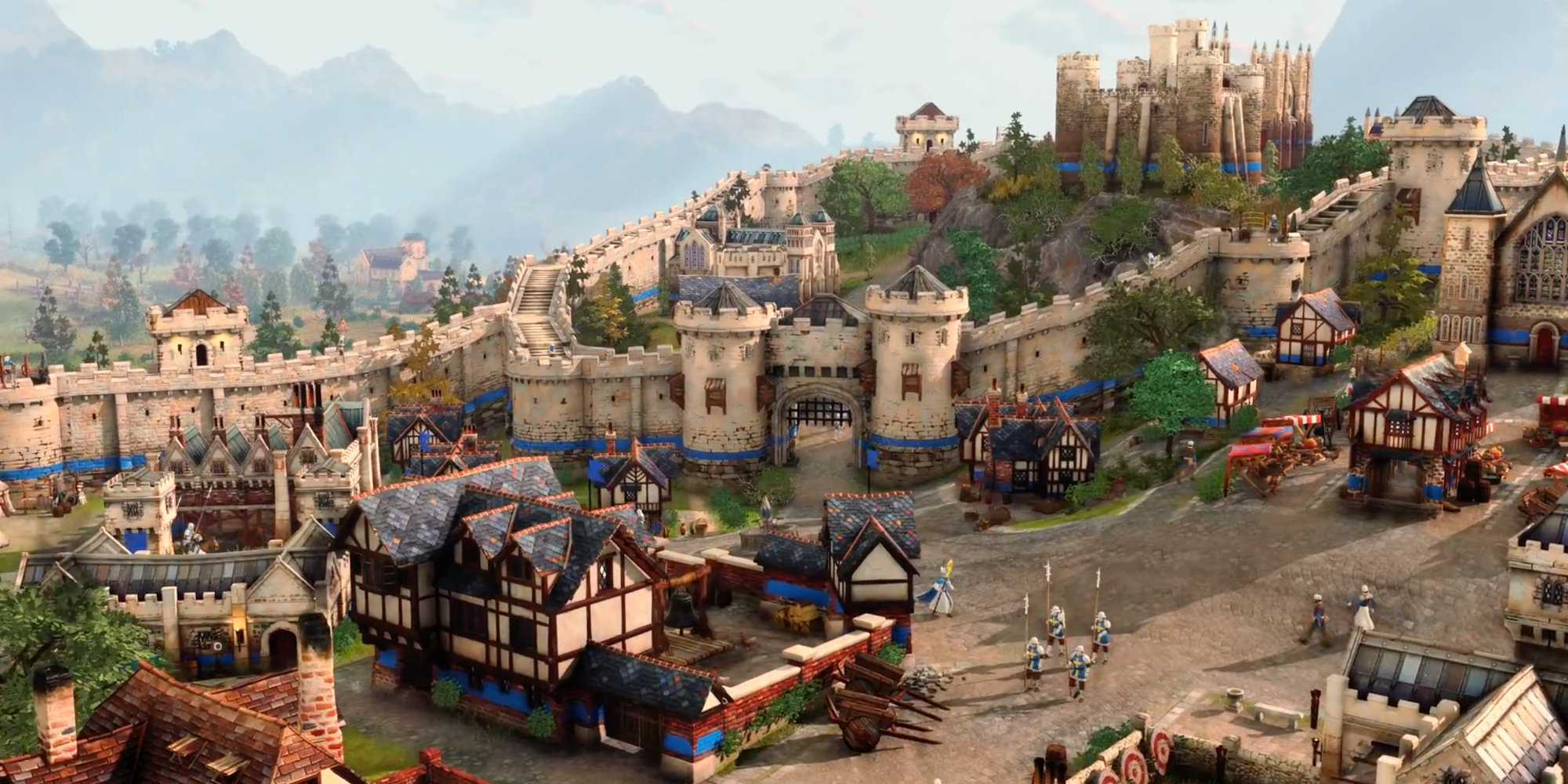

Alternatively, archery was key feature of early Islamic armies, and so there could have also been a unique unit called ‘Arab Archer’, with an improved ranged attack.

Throwing a sword at an enemy would hardly be an effective fighting method owing to the fact that:ī: You could only carry one or two swords effectivelyĬ: ONLY IDIOTS THROW AWAY A WEAPON WHICH COULD PROTECT THEM IN BATTLEīesides a bow, Mamelukes could also fight with spears and swords, meaning they would have been adept at fighting at close-quarters as well as at a distance. While they indeed were capable at fighting at range, they did so using bows. First of all, when we look at the Mamelukes used by Saladin through to the establishment of the Mameluke regime proper in Egypt, it is quite clear that such slave-warriors rode horses, not camels. I cannot even begin to fathom the thought process that lead to the creation of this unit. Which is a camel-riding warrior that throws scimitars at their opponents In regards to military depictions, the unique unit of the Saracens is the Mameluke: As it stands, the term ‘Saracen’ gives players a flawed understanding of the identity of the various Muslim states of the period. Obviously, as there were numerous Islamic cultures in history, simply creating one ‘Muslim’ faction would be far too generalizing, but there was no reason why the Saracens could not have been called ‘The Islamic Caliphate”, for example, which would have been broad enough to represent the Arabs, but also include the Persians, Kurds, and other peoples that at times played vital roles. Al-Tabari certainly made note of the predominant Arab identity of the early believers, and would distinguish between nationalities among Muslims, but made it clear that non-Arabs were considered just as ‘Muslim’ as others. The History of the Prophets and Kings, which was written by Al-Tabari and published in the 9th century AD, simply refers to those under the authority of the early Caliphs as Muslims. The term ‘Saracen’ is derived from Greek by way of Latin, and was not used those who followed the Islamic faith. One of the civilizations that can be selected by a player is named the Saracens, and is based on the various Near-Eastern caliphates, sultanates, and emirates, from the 7th through to the 16th century AD. Every culture has its own unique units and specialities, which are intended to emulate their real-life historical counterparts. It is a real-time straetgy game, and the player picks one of several historical civilizations, chooses a map, and then proceeds to collect resources, research technology, build units, and defeat any opposing cultures. The timeline of the game ranged from Late Antiquity and the Early Medieval period, through to the Renaissance.Īge of Empires II is fairly simple in terms of how it is played. The game remained popular enough for a HD edition to be produced in 2012, followed by 6 new expansions that added factions from Meso-America, Africa, and Asia. In 2000 an expansion pack called The Conquerors was released. The focus shall be on how various cultures are misrepresented, and how they would give players an inaccurate view of history.Īge of Empires II was first released in 1999, and was the sequel to the first Age of Empires.
#REDIT AGE OF EMPIRES SERIES#
This is first in a series of posts about a game called Age of Empires II.


 0 kommentar(er)
0 kommentar(er)
